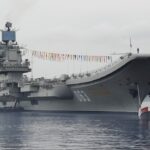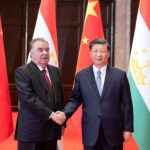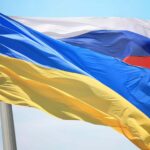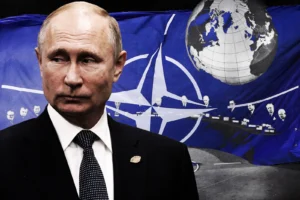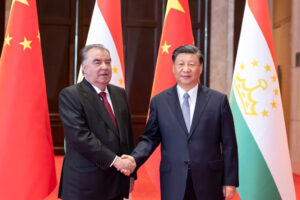Entering April, the 22nd anniversary of the South China Sea collision, I did not expect that the J-8II will appear on the screen with a new perspective. CCTV’s “Military Fan’s Eye” will present a visual feast for everyone. The pilots wearing panda helmets, the domineering elephants walking, the rare perspective of aerial refueling, and the large-scale collective appearance of 12 J-8IIs have brought a kind of doubt to everyone, how many years can the J-8IIs continue to fight? It has the ability to realize the dreamy vision of singled out F-22.
J-8II fighter
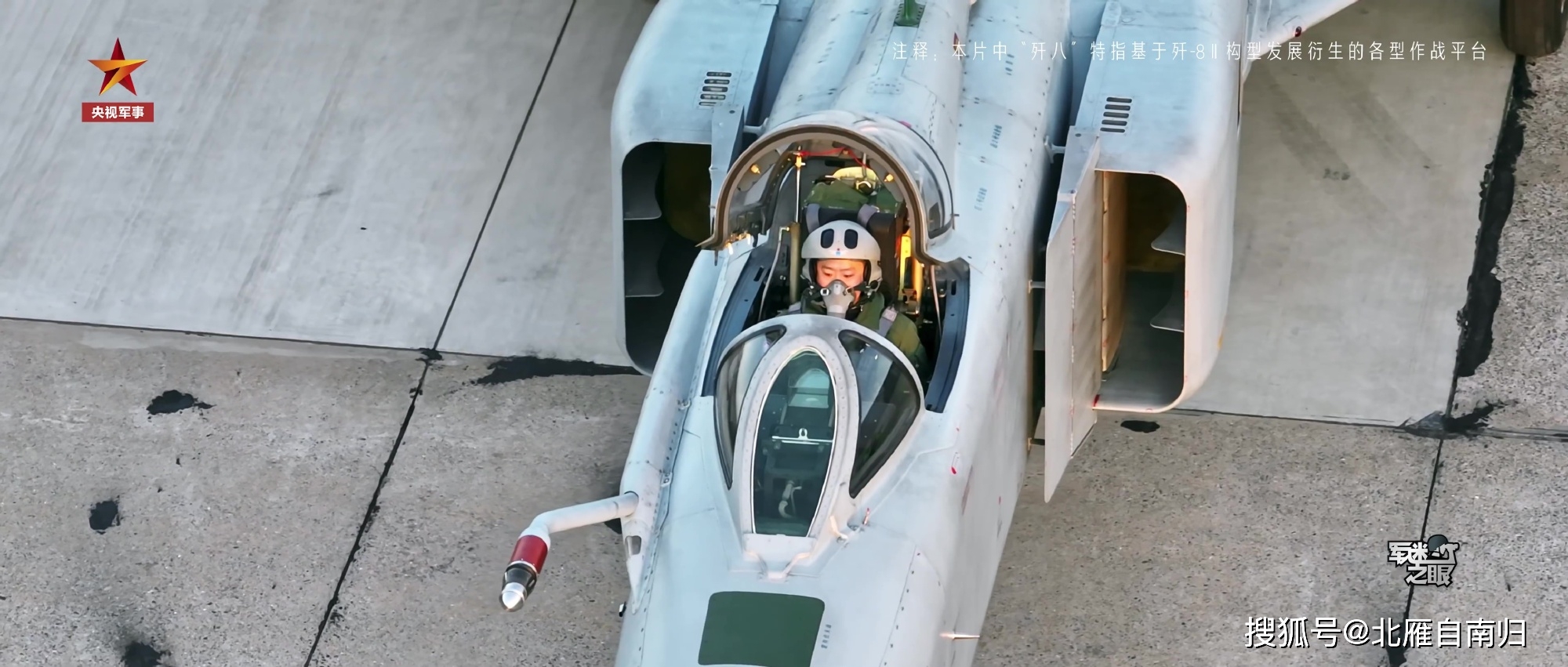
J-8II Elephant Walk
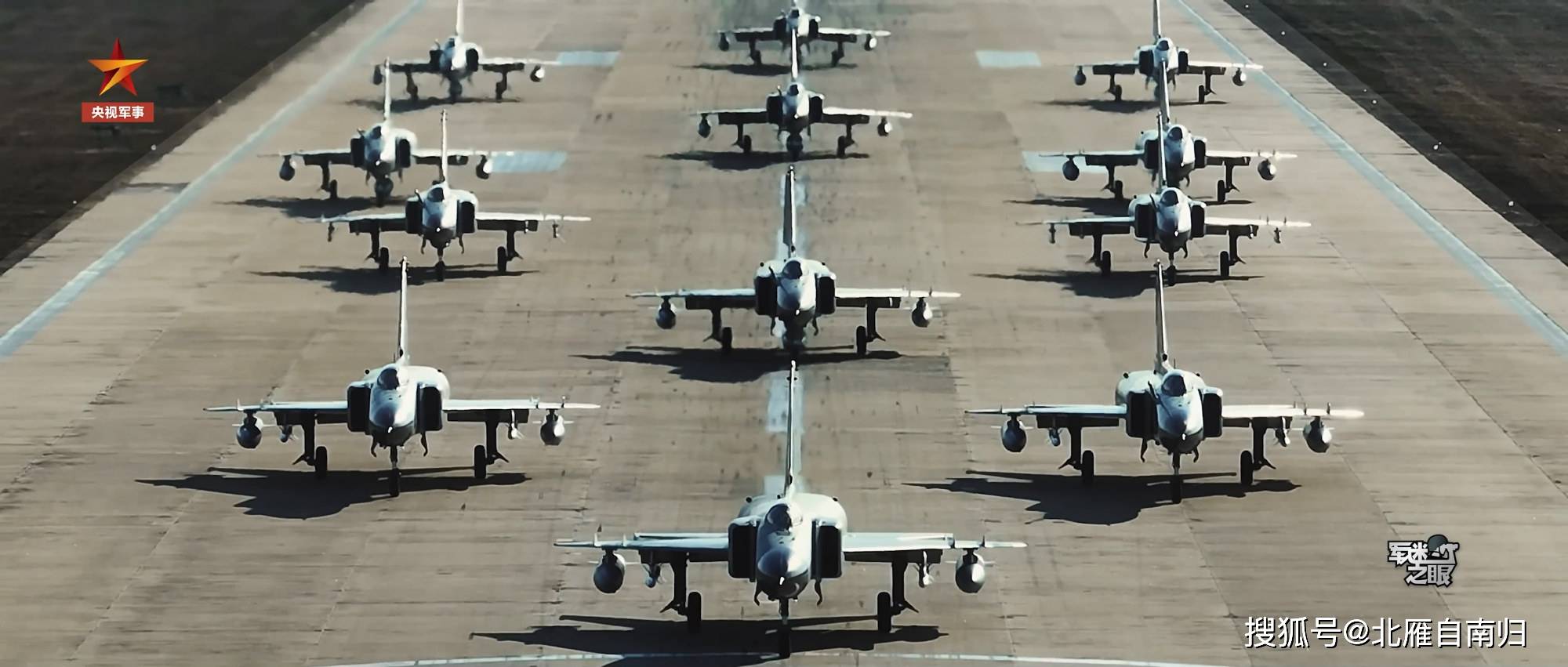
This twin-engine interceptor was born in the 1980s, and its performance is equivalent to that of the second and a half generations. In the 1980s, the Chinese Air Force was still using the J-6 and J-7 as its main force, and it was very difficult to use such models in the national air defense. Therefore, the dual-release large version of the J-8 based on the J-7 was placed high on expectations. The air intake on both sides and the slender shape are called “handsome man in the sky”. In 1988, the design of the J-8II fighter was finalized. In 1985, the F-22 officially began to be developed. Due to the serious generation gap, there was a joke circulating on the Internet that the J-8 could single out the F-22 at high altitude and high speed.
According to the imagination of the military fans, the J-8 approached the enemy plane at high speed, quickly locked and launched the missile, and then turned around and ran away at high speed. Specifically, the J-8 takes advantage of high altitude and high speed, with the maximum hanging bomb stably flying at an altitude above 20,000 meters, sprinting at a top speed of Mach 2.7, and condescendingly giving the F-22A a fatal blow. In fact, this idea is a helpless move. If you have a good equipment model, who would like to fly a second-and-a-half-generation stealth fighter to challenge the fourth-generation fighter.
J-8II first flight
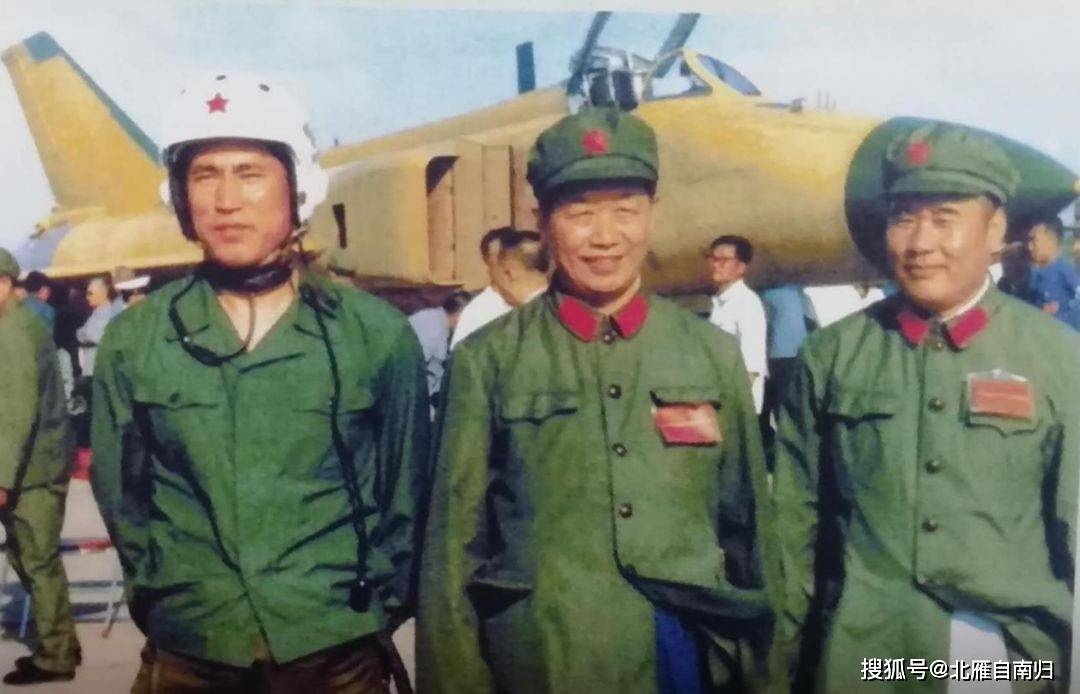
J-8II fighter
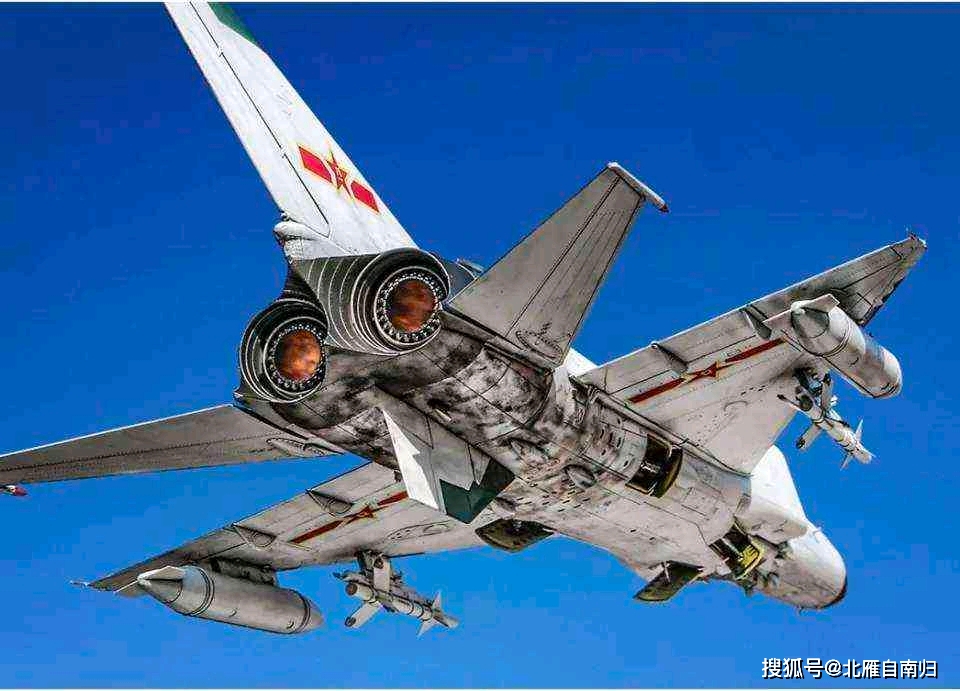
After entering 2000, although the “South China Sea Collision” incident occurred, a J-8II fighter jet and an excellent pilot were lost. But in general, the navy and air force equipment has begun to enter the era of three generations of aircraft, including the J-10, J-11, J-16, and later the J-20 stealth fighter, which endowed the PLA with a strong counterattack capability. Since then, in the face of the U.S. reconnaissance planes that harass from time to time, they have been able to conduct tactical maneuvers, throw infrared jamming bombs, and spray exhaust from other planes in the air.
However, the air force is huge. Although the domestically produced fighters are very advanced, it will take time to replace them all. It is unrealistic to retire them all in the short term. Therefore, it is an indisputable fact that J-7 and J-8 are equipped with a large number of fighters. So how to give full play to their strengths, so as not to become a tool for pilots to accumulate flying hours. Judging from the news revealed in the above program, the J-8 may really become one of the killers of stealth fighters in the new era. When the J-8II pilot talked about the current role of Baye, he believed that the system has a unique strategy to win, and it can do a lot at an altitude of 10,000 meters, which is quite in line with the expectations of an airborne missile launch platform.
J-8II fighter
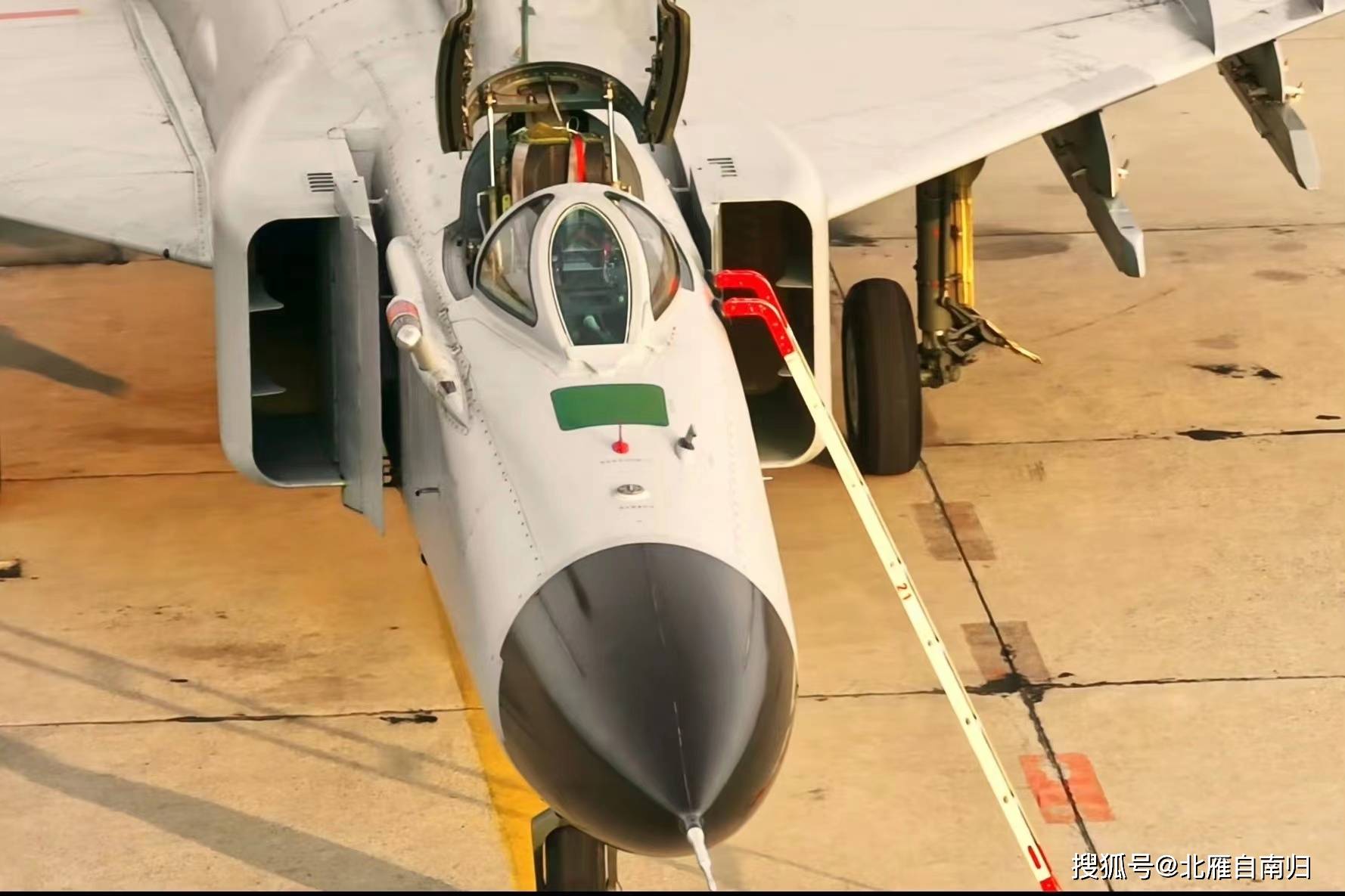
J-8II fighter
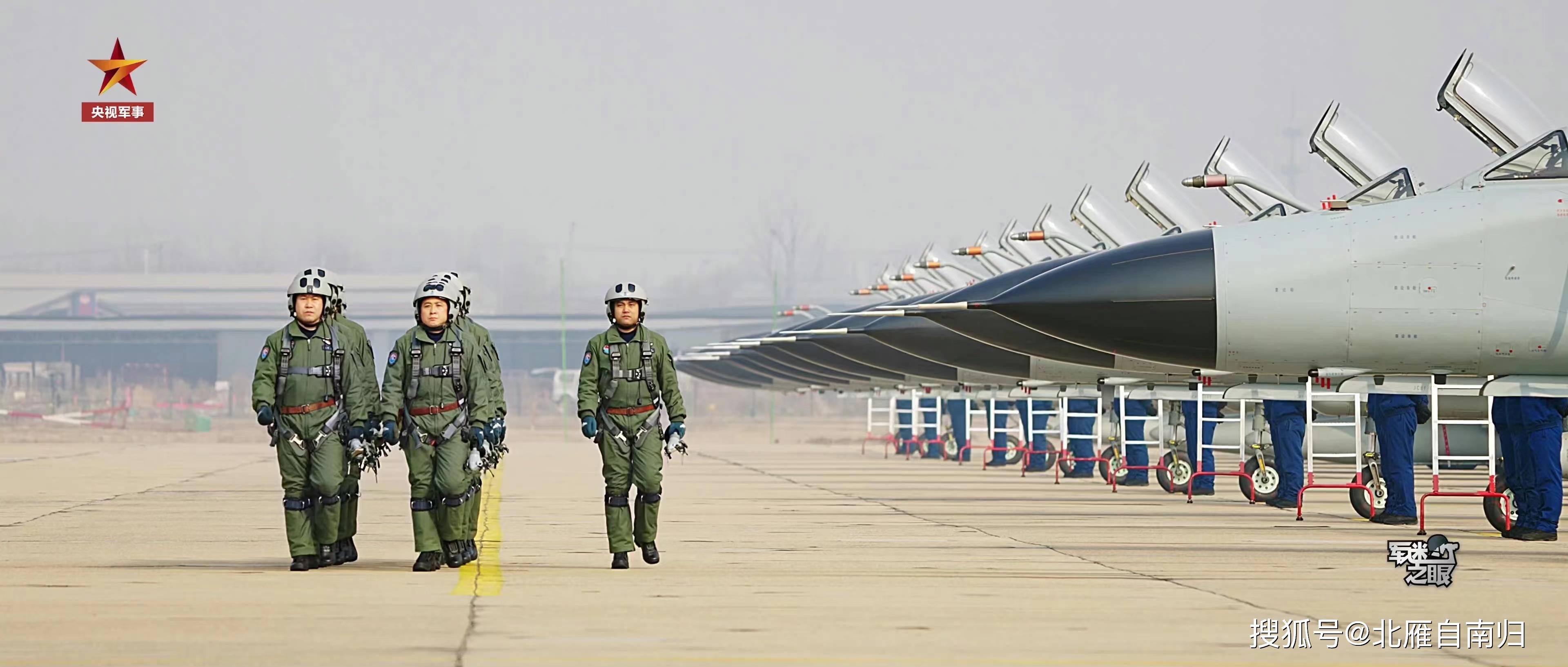
J-8II fighter
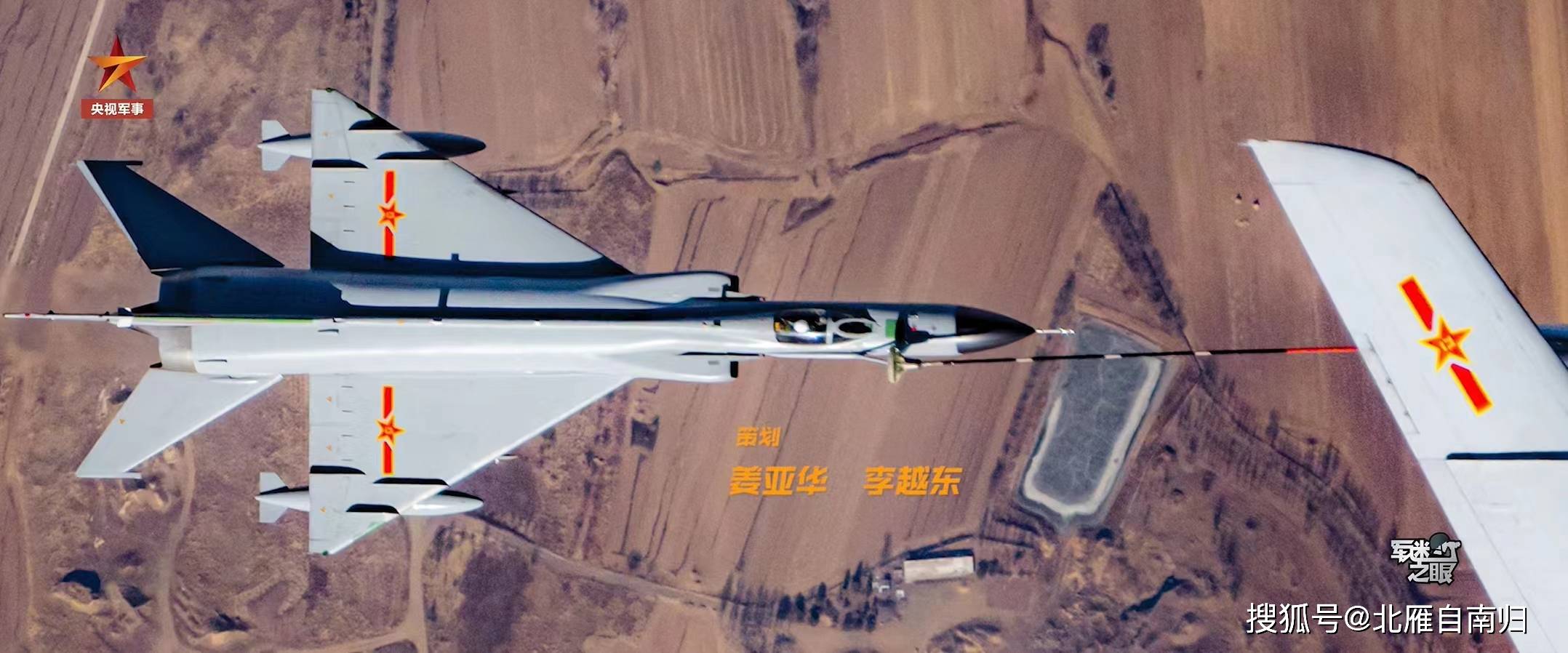
In 2022, the last few J-8II brigade-level units of the Air Force have been replaced with J-10C and J-16 fighters. At present, the PLA still has 36 J-8IIF/DF fighters, which are mainly of over-the-horizon attack and reconnaissance types. The J-8F, which was finalized in 2005, was replaced with a 1492-type Doppler fire control radar and equipped with PL-12 medium-range air-to-air missiles as standard. In terms of over-the-horizon air combat capabilities, it is already comparable to the J-10A fighter. As for the J-8DF fighter, it is based on the aerial refueling type and upgraded from the technical level of the J-8F. The overall fighters are similar.
Although the J-8II can only carry two PL-12 medium-range bombs and two PL-8 close-range combat bombs, coupled with poor maneuverability, if it is close to hand-to-hand with fighters such as J-10 and F-16. Unsurprisingly, there is absolutely only the fate of being shot down, but combined with the above-mentioned pilot’s tactics of “the system wins with a strange move, and the altitude is 10,000 meters, it will do something”, and the combat effectiveness will undergo a qualitative change. For example, under the cover and command of electronic warfare aircraft and early warning aircraft, the J-8II can launch silently into the air and cruise with bombs. After receiving the data link to transmit the information of the enemy aircraft, it will directly launch the missile and then turn around and run away.
J-8II fighter
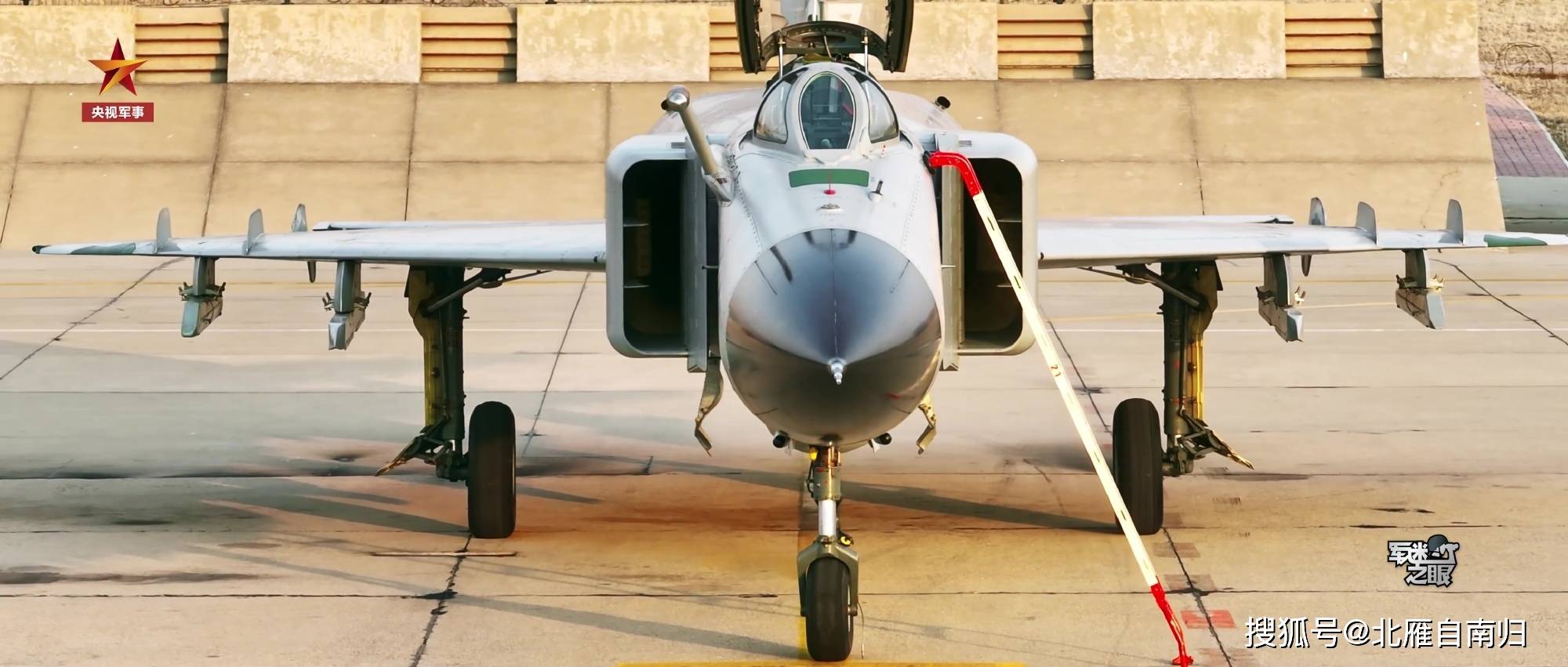
J-8II fighter
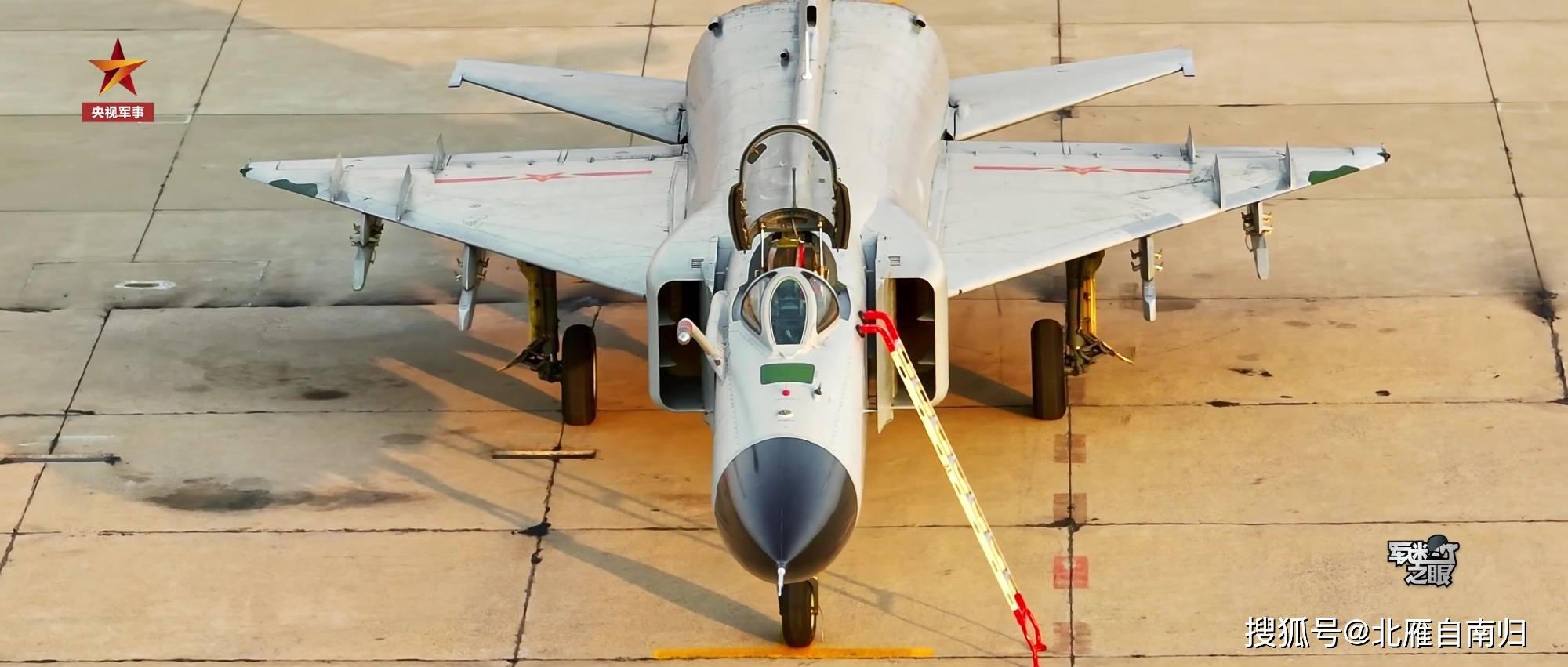
J-8II fighter
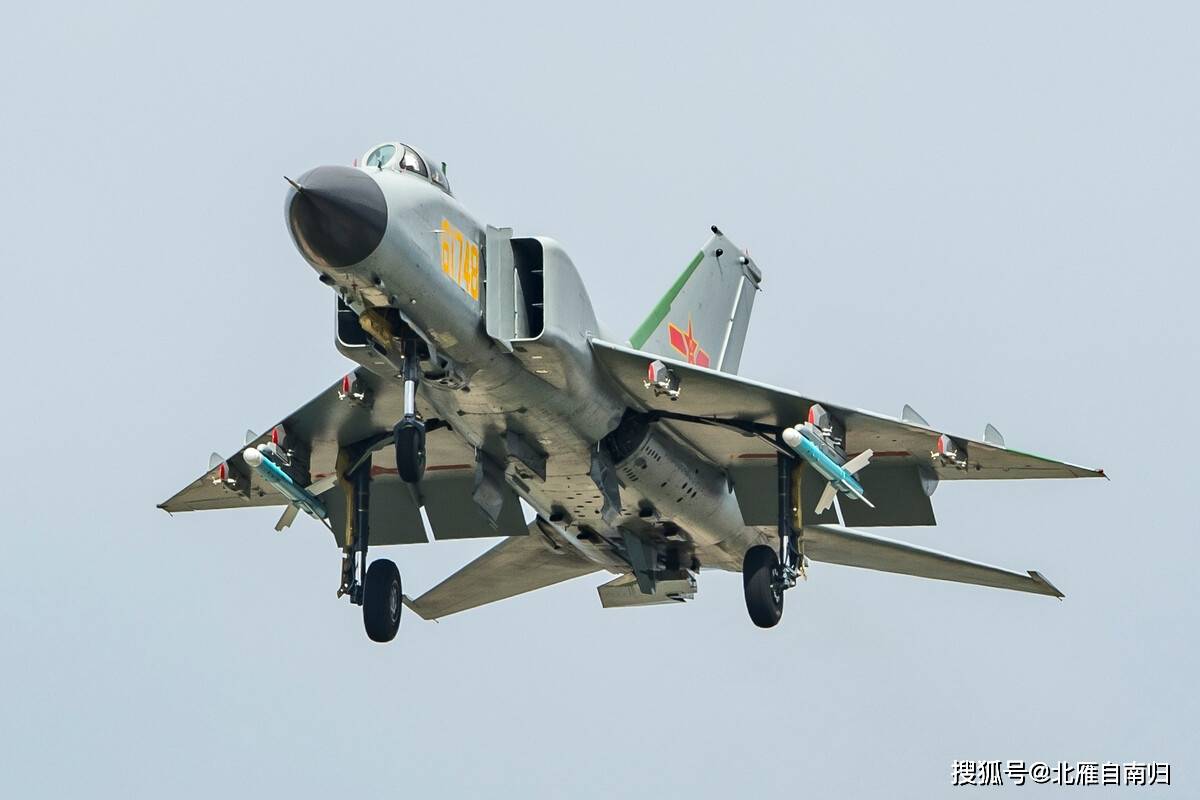
This mode, which is similar to A guide and B launch, can give full play to the performance advantages of the J-8II. It can also carry three auxiliary fuel tanks in addition to the two targets and two nears. Guided by fighter planes such as early warning aircraft or J-20, just launch after obtaining the target parameters of the enemy aircraft. In this way, it is really possible to challenge the F-22 with the technical level of PL-12. Therefore, there is no need to fully retire. Let the J-8II fight for more than ten years, and it can still fight the fourth-generation fighter under the system confrontation.
J-8II fighter
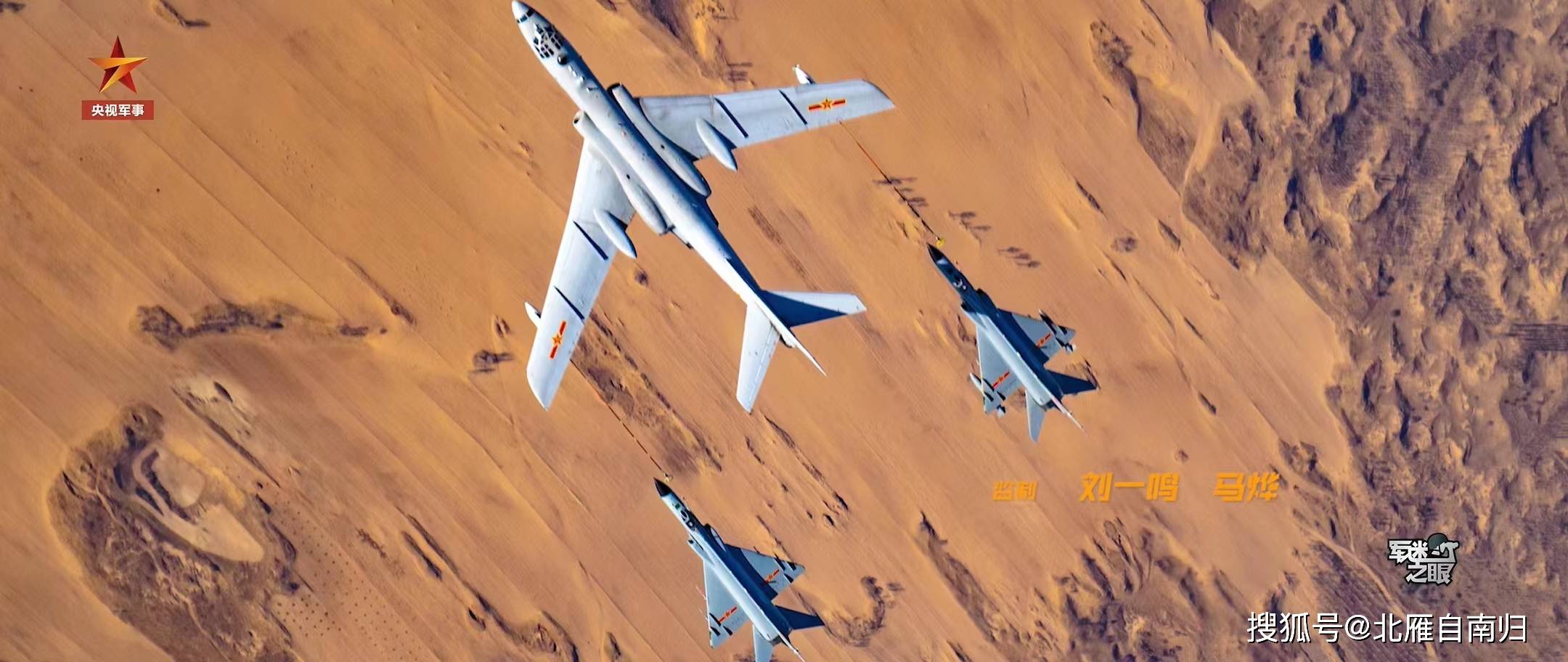
J-8II fighter
Source: mil.sohu


